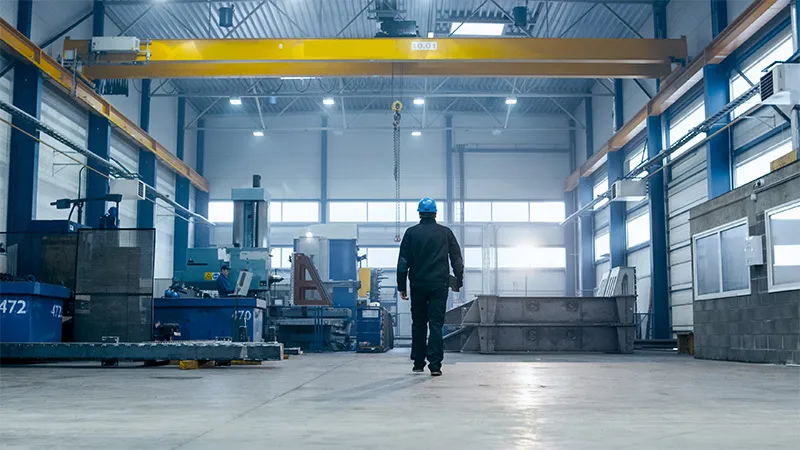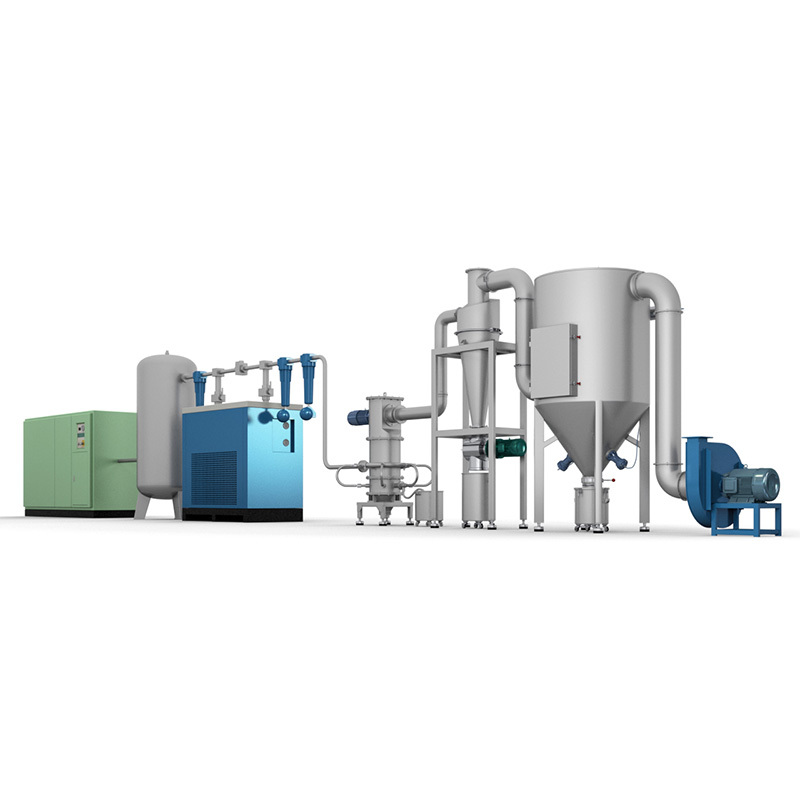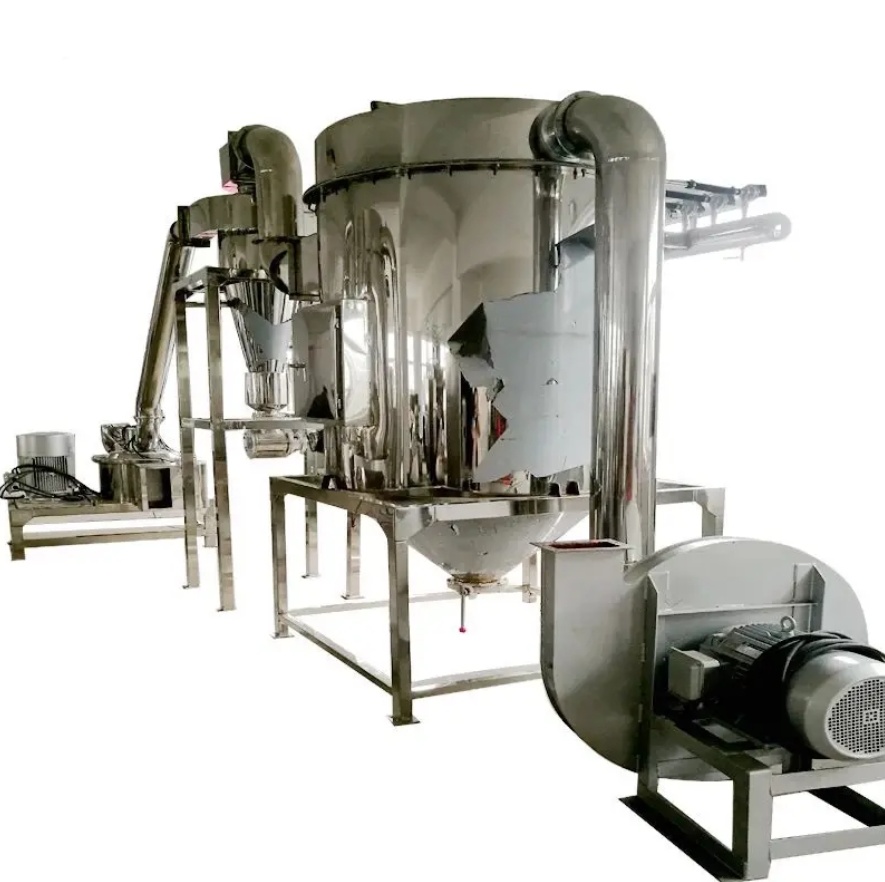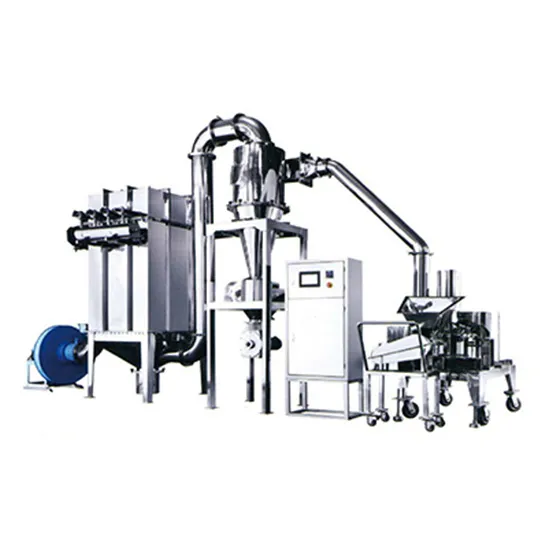NEWS
Comparative Analysis: Ultrafine Airflow Mill vs Traditional Grinding Methods
Jul 16,2025
Comparative Analysis: Ultrafine Airflow Mill vs Traditional Grinding Methods
Table of Contents
- 1. Introduction to Grinding Technologies
- 2. Understanding Ultrafine Airflow Mills
- 3. Overview of Traditional Grinding Methods
- 4. Comparative Mechanics of Ultrafine Airflow Mill and Traditional Methods
- 5. Efficiency Analysis: Output and Performance
- 6. Applications Comparison: Where Each Method Excels
- 7. Advantages and Disadvantages of Each Method
- 8. Conclusion: Making the Right Choice
- 9. Frequently Asked Questions
1. Introduction to Grinding Technologies
In the manufacturing sector, **grinding technologies** play a critical role in the processing of materials. The evolution of grinding methods reflects advancements in technology, efficiency, and the growing demand for high-quality products. This article conducts a comprehensive comparative analysis of two prominent grinding methods: the **ultrafine airflow mill** and traditional grinding methods, including ball mills and hammer mills. By delving into their mechanisms, performance, and applications, we aim to provide a clear picture of which method suits specific manufacturing needs.
2. Understanding Ultrafine Airflow Mills
The **ultrafine airflow mill** utilizes high-velocity air flows to achieve particle size reduction. This innovative technology offers several advantages over traditional grinding methods, primarily due to its ability to produce extremely fine particles, sometimes less than 10 microns in size.
2.1 Mechanism of Ultrafine Airflow Mill
The operational principle of an ultrafine airflow mill involves the generation of **high-speed air currents** that collide with particles in the grinding chamber. This process effectively breaks down materials by exploiting the kinetic energy of the air stream. The design of the mill allows for a continuous flow of material, ensuring consistent output.
2.2 Benefits of Ultrafine Airflow Mills
- **Enhanced Particle Size Control:** Provides exceptional control over the particle size distribution.
- **Reduced Heat Generation:** Minimal heat affects the material, preserving the quality of heat-sensitive components.
- **Environmentally Friendly:** Typically, these mills use less energy and produce less waste compared to traditional methods.
3. Overview of Traditional Grinding Methods
Traditional grinding methods encompass various techniques, including **ball mills**, **hammer mills**, and **roller mills**. These methods have been employed for decades and are well-understood within the industry.
3.1 Mechanisms of Traditional Grinding Methods
Traditional grinding typically relies on mechanical force to reduce the size of raw materials.
- **Ball Mills:** Utilize steel balls to grind materials in a rotating drum.
- **Hammer Mills:** Employ high-speed rotating hammers to crush materials.
- **Roller Mills:** Use cylindrical rollers to crush and grind materials.
3.2 Benefits of Traditional Grinding Methods
- **Versatility:** Suitable for a wide range of materials and applications.
- **Established Technology:** Well-documented methods with ample operational data.
- **Lower Initial Costs:** Generally, lower capital investment compared to newer technologies.
4. Comparative Mechanics of Ultrafine Airflow Mill and Traditional Methods
When comparing the mechanics of the ultrafine airflow mill with traditional grinding methods, several factors come into play.
4.1 Particle Size Reduction
The ultrafine airflow mill excels in achieving finer particle sizes due to its unique air flow mechanics, while traditional methods often provide a broader range of particle sizes.
4.2 Energy Consumption
Traditional grinding methods often consume more energy, especially when processing large volumes of materials. In contrast, the ultrafine airflow mill operates at lower energy costs due to its efficient design.
4.3 Wear and Maintenance
Ultrafine airflow mills have fewer moving parts, resulting in reduced wear and maintenance needs compared to traditional grinding machines, which may require frequent repairs due to mechanical wear and tear.
5. Efficiency Analysis: Output and Performance
The efficiency of a grinding method affects production rates and operational costs.
5.1 Production Rates
Ultrafine airflow mills can often process materials at a faster rate than traditional methods, particularly when targeting fine particle sizes.
5.2 Cost-Effectiveness
While ultrafine airflow mills may have a higher initial capital cost, their efficiency and lower operational costs can lead to better long-term investment returns.
6. Applications Comparison: Where Each Method Excels
Different industries may favor one method over the other based on specific requirements.
6.1 Industries Benefiting from Ultrafine Airflow Mills
- **Pharmaceuticals:** Ideal for producing fine powders and maintaining purity.
- **Food Processing:** Excellent for grinding spices and other ingredients without altering flavor.
- **Chemicals:** Suitable for precise particle sizes in specialty chemical production.
6.2 Industries Utilizing Traditional Grinding Methods
- **Mining:** Effective for crushing ores and minerals.
- **Construction Materials:** Widely used for processing cement and aggregates.
- **Animal Feed Production:** Common in the production of animal feeds where larger particles are acceptable.
7. Advantages and Disadvantages of Each Method
Understanding the pros and cons of each grinding method helps in making informed decisions.
7.1 Advantages of Ultrafine Airflow Mills
- Exceptional particle size control.
- Reduced energy consumption.
- Lower maintenance costs.
7.2 Disadvantages of Ultrafine Airflow Mills
- Higher initial investment.
- May not be suitable for larger particle size applications.
7.3 Advantages of Traditional Grinding Methods
- Lower initial costs.
- Versatile for various materials.
7.4 Disadvantages of Traditional Grinding Methods
- Higher energy consumption.
- Greater maintenance requirements.
8. Conclusion: Making the Right Choice
Choosing between an **ultrafine airflow mill** and traditional grinding methods requires careful consideration of various factors, including the specific application, budget constraints, and desired particle size. While ultrafine airflow mills offer superior efficiency and fine grinding capabilities, traditional methods remain relevant for their versatility and cost-effectiveness. Ultimately, the right choice hinges on aligning the grinding technology with the unique needs of your manufacturing process.
9. Frequently Asked Questions
1. What is the main advantage of using an ultrafine airflow mill?
The main advantage of an ultrafine airflow mill is its ability to produce extremely fine particle sizes while consuming less energy compared to traditional methods.
2. Are traditional grinding methods still relevant today?
Yes, traditional grinding methods are still widely used due to their versatility and lower initial costs.
3. Can ultrafine airflow mills handle large materials?
Ultrafine airflow mills are typically designed for fine grinding and may not be suitable for larger particle sizes.
4. How does maintenance differ between ultrafine airflow mills and traditional methods?
Ultrafine airflow mills require less maintenance due to fewer moving parts compared to traditional grinding methods, which often face mechanical wear issues.
5. What industries benefit the most from ultrafine airflow mills?
Industries such as pharmaceuticals, food processing, and chemicals benefit significantly from ultrafine airflow mills due to their need for fine particle sizes and purity.
More News










